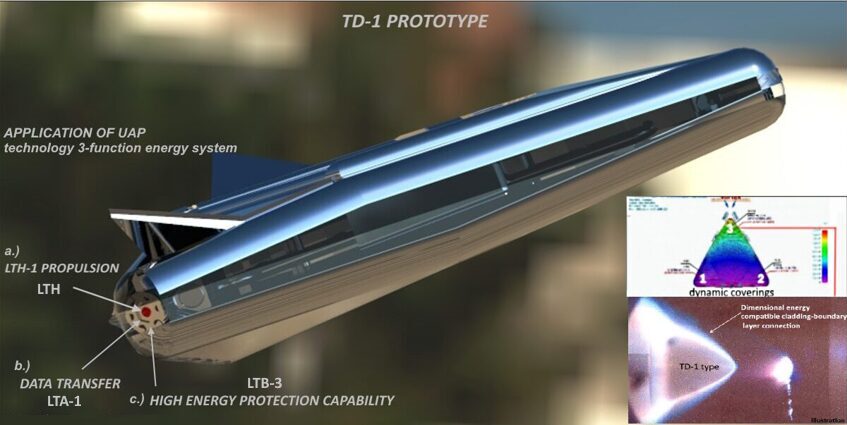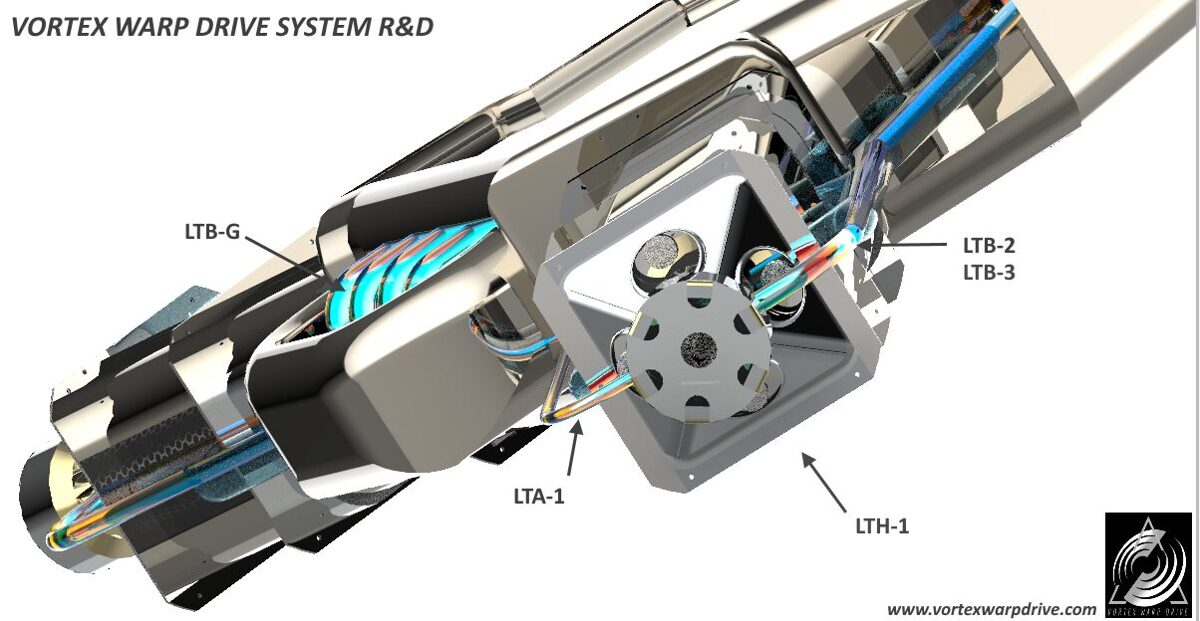Area of institutional cooperation, development: LTH-1, LTB-2, LTB-3, LTA-1, TD-1, wormhole antenna
- Study
- 3D print model
- CAD mechanical designs
- Technology transfer
- Research prototype
WORMHOLE ANTENNA R&D
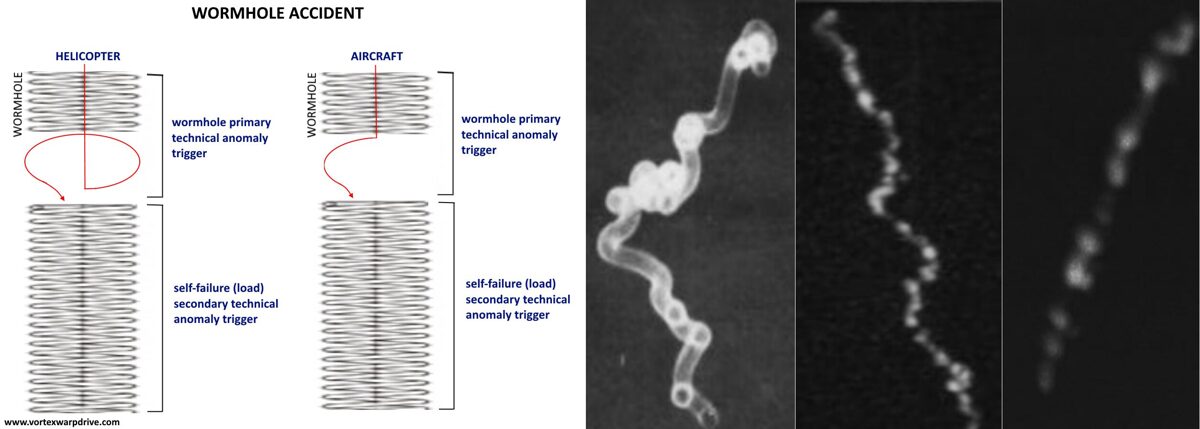
In my opinion, wormhole caused the crash. In 99% of cases, the wormhole is not visible visually, we only see it in the form of an accident, because we cannot yet detect it in advance. Accidents caused by wormholes are a function of wormhole diameter and central aircraft localization. Classification: wormhole appearing in outer airspace. Operating a wormhole antenna on board an aircraft can prove the problem caused by the phenomenon. Mechanical and electronic failure is a secondary cause. Wormhole consequence. Therefore, it is difficult to identify. Wormhole accident.... ( on video)
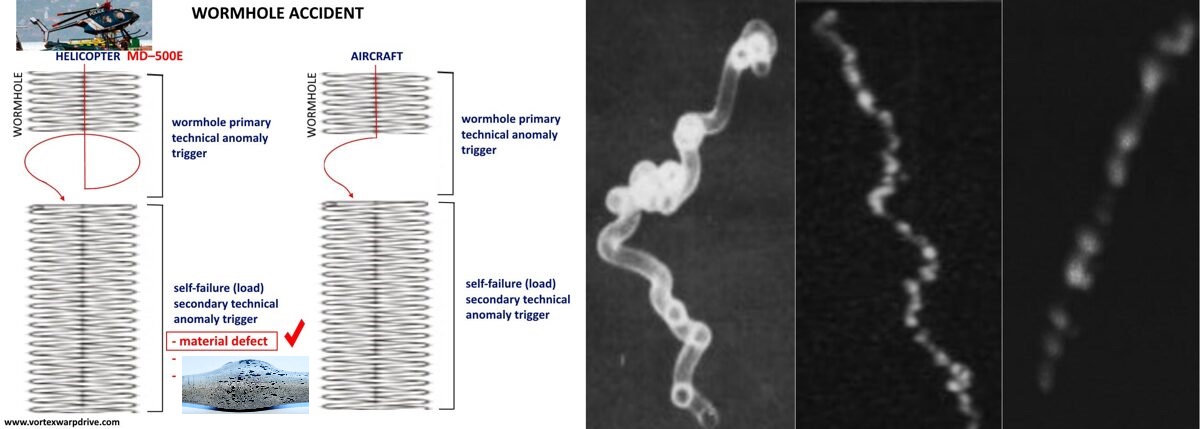
- US Airways 427 Date: 09.08.1994 - Wormhole accident....
- Airlines 585, Eastwind Airlines 517 - Wormhole accident....
- Boeing 737-201 XA-UHZ 05.18.2018 - Wormhole accident....
Symulation:
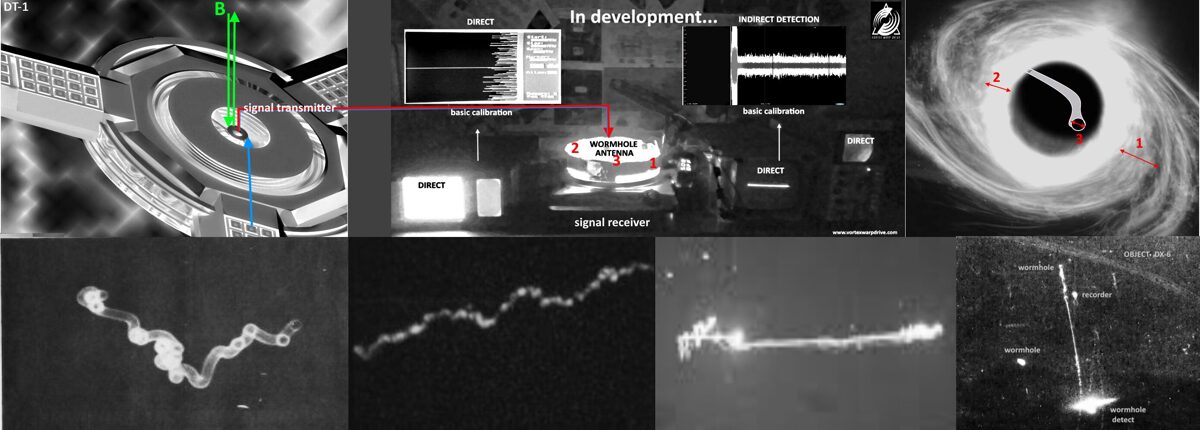
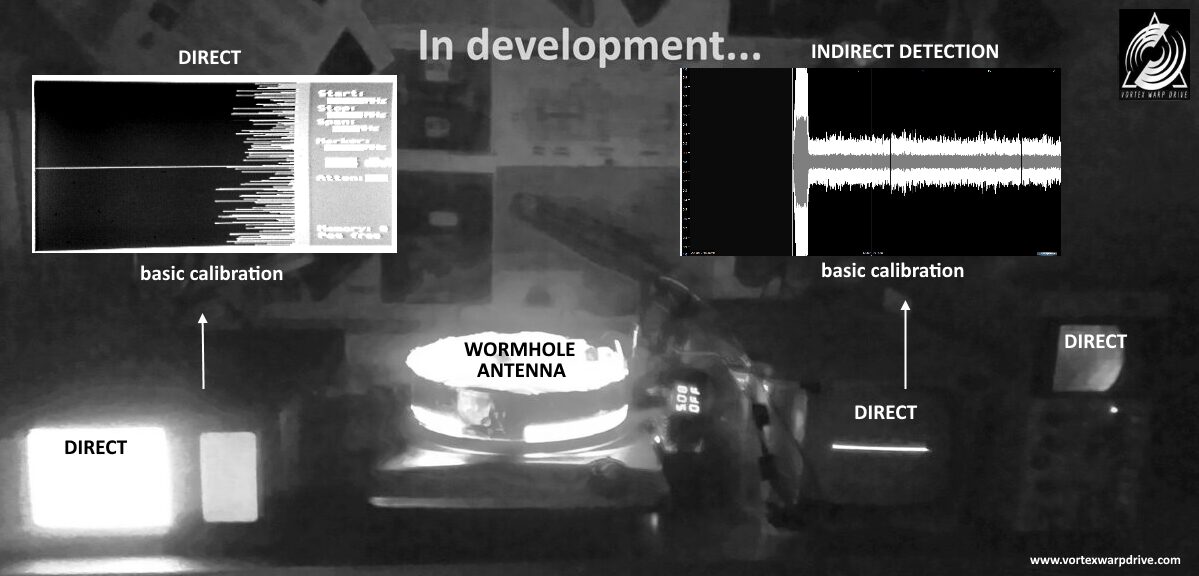
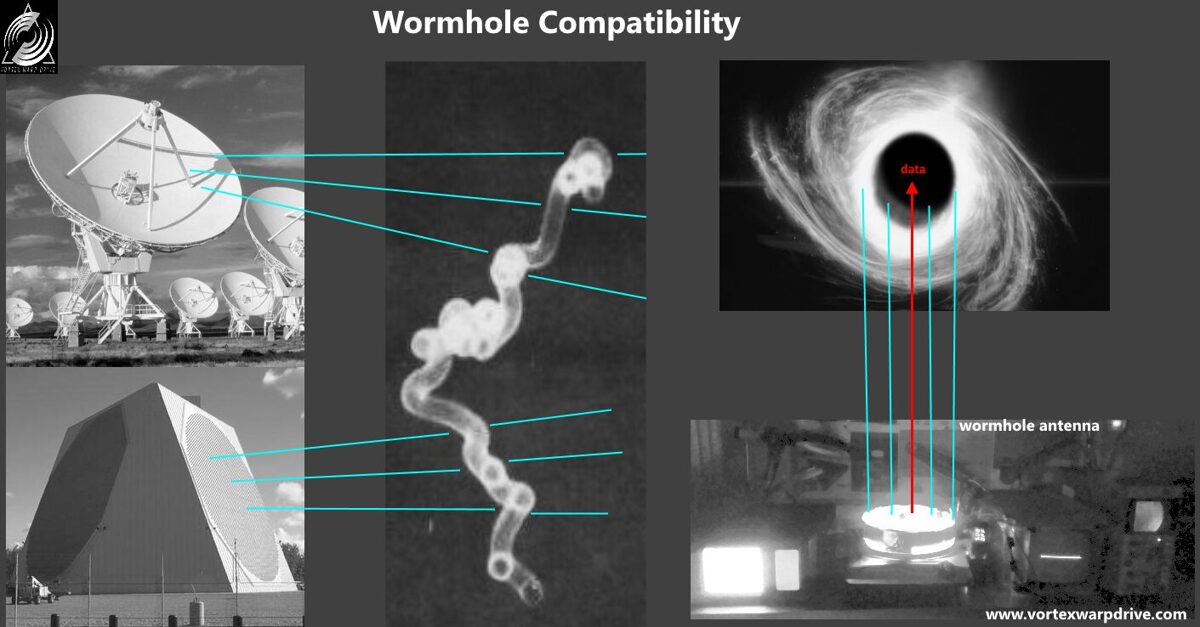
LTH-1, LTB-2, LTB-3, LTA-1, TD-1
R&D

